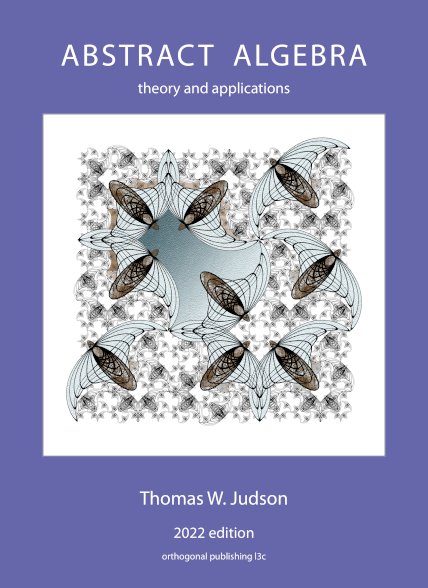Example 8.16.
Suppose that we have a code that consists of the following 7-tuples:
It is a straightforward though tedious task to verify that this code is also a subgroup of

